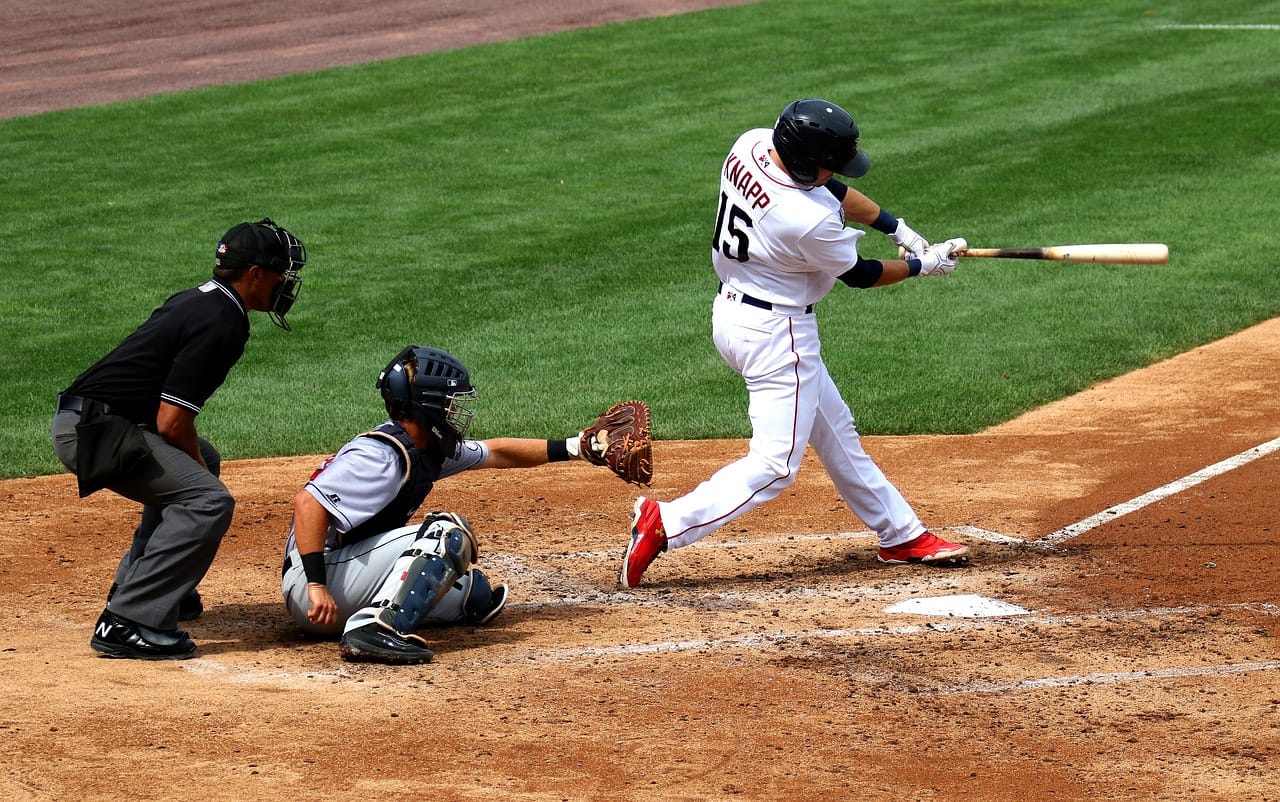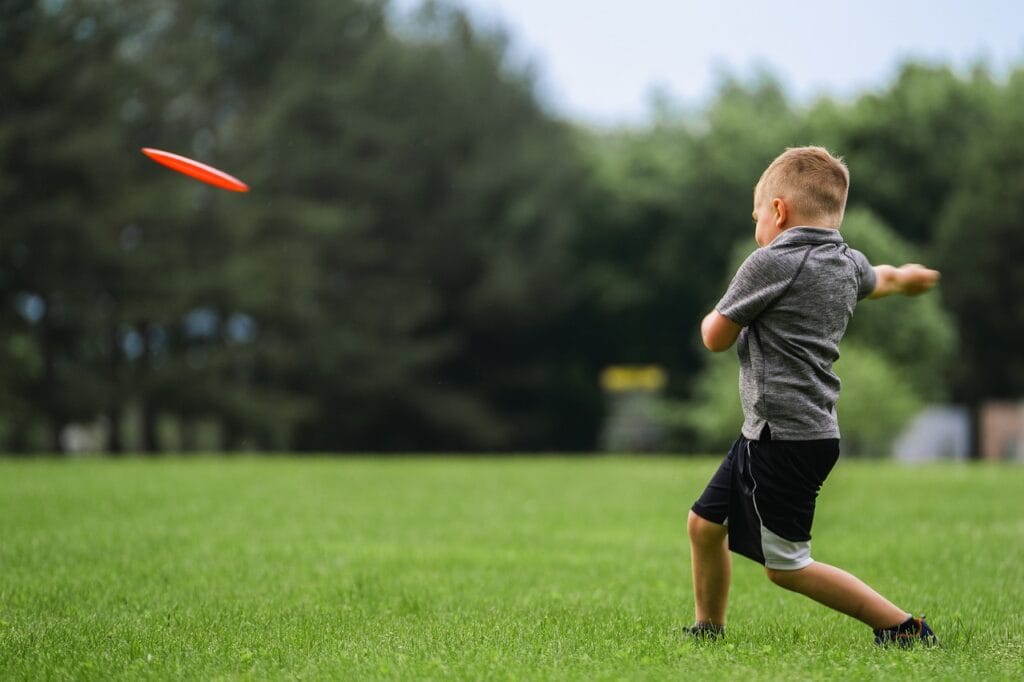In the world of sports, few moments captivate audiences like watching athletes celebrate their victories. From jubilant dances to exuberant displays of emotion, these celebrations are often iconic, becoming just as memorable as the feats that preceded them. Yet, while moments of self-congratulation have long been a part of sports culture, their form, frequency, and perception have evolved significantly over time. With a sharper focus on individual achievements and the power of media, we now find ourselves in what could be called “Self-Congratulations Part Deux”—an era where celebration itself is a form of branding and storytelling.
[ez-toc]
The Origins of Celebrations in Sports
Before we dive into the modern spectacle of celebrations, it’s important to acknowledge where it all began. Early sporting events, from the Olympics of Ancient Greece to football matches in 19th-century Britain, often featured restrained, even modest, post-victory rituals. Athletes would sometimes raise a hand or share a handshake with opponents, reflecting the early values of sportsmanship and humility. These simple acts were more about acknowledging the collective nature of the game and honoring competition rather than indulging in personal triumph.
However, as sports evolved into a form of mass entertainment, so too did the nature of self-congratulation. The rise of professional sports in the 20th century, along with the increasing commercialization of athletic events, began to shift the focus from team achievements to individual moments of glory.
The Rise of Individualism in Athlete Celebrations
The modern era of sports—characterized by highly visible superstars, multimillion-dollar contracts, and a global audience—has witnessed the birth of larger-than-life personalities. Athletes no longer celebrate solely for the crowd or their teammates; many now view their celebrations as an extension of their brand. Think of LeBron James‘ infamous chalk toss before NBA games or Cristiano Ronaldo’s signature “Si!” celebration after scoring a goal. These displays go beyond mere expression; they’re choreographed acts of self-promotion.
In this way, “Self-Congratulations Part Deux” isn’t just about an increase in celebratory antics—it’s about the calculated use of celebrations as part of an athlete’s persona. Fans expect more than just raw athleticism. They want to see the personality, the flair, and the attitude that athletes bring to the table, creating a direct connection between athletes and spectators.
Social Media: The Catalyst of the Celebration Era
A key factor in the evolution of athletic celebrations has been the advent of social media. In the past, celebrations were experienced at the moment—something witnessed by those present at the game or watching live on television. Today, however, celebrations are immortalized, replayed, and shared millions of times across platforms like Instagram, TikTok, and X (formerly Twitter).
For athletes, this presents a new opportunity. Great performance on the field can now be amplified through the celebratory moment that follows, with social media users quickly creating and sharing memes, GIFs, and clips. Athletes like NFL star Odell Beckham Jr. or UFC’s Conor McGregor have mastered the art of leveraging their post-victory moments for viral fame, ensuring their brand reaches millions with every triumphant outburst.
Many athletes are now hyper-aware of how their celebrations will be perceived online. An over-the-top celebration can garner thousands of retweets or become the latest trending meme, enhancing the athlete’s visibility and marketability. In a sense, “Part Deux” of self-congratulations is the social media-driven continuation of an old tradition, but with new stakes involved.
Controversy: When Self-Congratulation Crosses the Line
Of course, not all celebrations are met with universal praise. As self-congratulation becomes more elaborate and frequent, it has sparked debates about sportsmanship, humility, and respect for opponents. Some fans and commentators argue that athletes who celebrate excessively are more focused on themselves than the team or the game, leading to unnecessary antagonism or taunting.
In team sports like football, the NFL has had a particularly complicated relationship with end-zone celebrations. While the league has tried to limit excessive celebrations at various times in its history—implementing penalties for “excessive celebration”—it has since relaxed its stance, acknowledging that these moments bring excitement and entertainment to the game. Nevertheless, some celebrations have crossed the line, like when players intentionally mock their opponents or when celebrations appear premeditated and rehearsed rather than spontaneous.
A prime example of this controversy is Terrell Owens’ infamous celebration when he sprinted to the middle of the Dallas Cowboys star logo in 2000 and posed. It was a bold and brash moment of self-congratulation, one that outraged Cowboys fans and stirred debate about sportsmanship. Moments like these demonstrate the fine line athletes must walk between celebrating their achievements and respecting the opposition.
The Fine Art of Team-Based Celebrations
While individual celebrations dominate much of the modern conversation, team-based celebrations have also grown more elaborate. Team sports like soccer, basketball, and baseball are filled with moments where a group of players comes together to share in the triumph.
In recent years, we’ve seen creative and often humorous team celebrations in soccer—think Iceland’s national team’s famous synchronized “Viking clap” or entire squads acting out scenes after scoring goals. These moments are not just fun but also foster camaraderie and bring fans closer to their favorite players.
Interestingly, these celebrations blur the line between individual and collective. While one player may score, the entire team gets involved in the celebration, reinforcing the idea that success is a group effort, even in moments that highlight personal skill.
Marketing and Sponsorship: The New Role of Celebrations
In the context of modern sports marketing, self-congratulation has taken on an entirely new significance. Athletes are no longer just players on the field; they’re influencers and brand ambassadors. Every touchdown, every slam dunk, and every home run presents an opportunity not just for victory, but for engagement.
Brands are acutely aware of this, and many have begun to align their sponsorships with athletes who are known for their celebration styles. A player’s celebration can now be tied to a specific brand, creating a win-win for both parties. For instance, when a basketball player shouts out their sneaker brand after a dunk or an athlete makes a gesture tied to a commercial partnership, it’s a clear integration of business and sport.
Moreover, companies are increasingly featuring iconic celebrations in their advertising campaigns. Nike, Adidas, and other sportswear giants regularly capitalize on viral celebration moments, using them in commercials and marketing materials to promote their products. “Part Deux” of self-congratulation is not just a continuation of personal expression but a merging of performance and profitability.
Conclusion: Where Does “Self-Congratulations Part Deux” Lead Us?
As we reflect on the evolution of celebrations in modern sports, it’s clear that self-congratulation has become more than just a moment of personal triumph—it’s a cultural phenomenon. From its humble beginnings to the social media-driven spectacles of today, celebrating in sports now carries immense weight in terms of brand development, fan engagement, and even marketing strategy.
While some may view the rise of elaborate celebrations with skepticism, there’s no denying their power. They entertain, provoke, and, most importantly, humanize athletes, showing us their joy, frustration, and personalities. This is the essence of “Self-Congratulations Part Deux”—an era where the athlete’s emotional and physical expression is part of the game, inseparable from their on-field achievements.
Whether it’s a simple fist pump or an over-the-top dance, these moments resonate with fans and forever alter the way we view sports. And, as athletes continue to push the boundaries of celebration, it will be fascinating to see how this culture evolves in the coming years.


